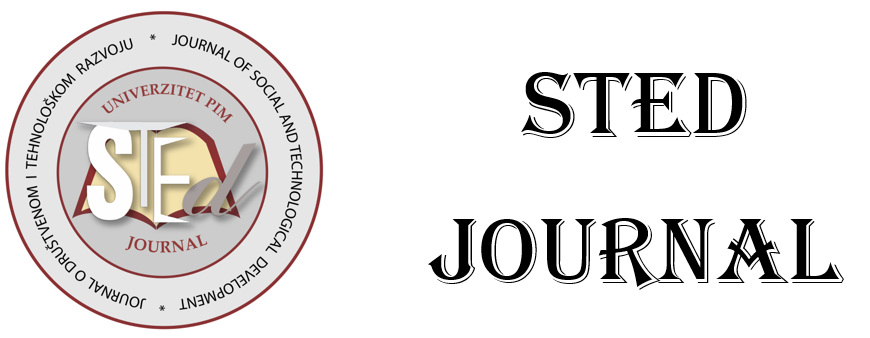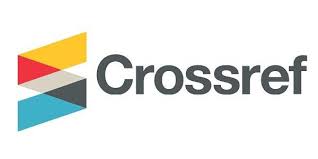Current issue

Volume 7, Issue 2, 2025
Online ISSN: 2637-2614
ISSN: 2637-2150
Volume 7 , Issue 2, (2025)
Published: 28.11.2025.
Open Access
All issues
Contents
29.11.2024.
Original scientific paper
ADSORPTION KINETICS AND THERMODYNAMICS OF CIPROFLOXACIN FROM AQUEOUS SOLUTIONS BY MAGNETIC IRON OXIDE NANOPARTICLES MODIFIED MORINGA PODS
The adsorption process of metal oxide nanoparticles has been studied as an effective means of removing organic and inorganic contaminants from water and wastewater. In this study, iron (III) oxide (Fe3O4) nanoparticles were synthesized in the presence of moringa oleifera pods (MOP) as an adsorbent for ciprofloxacin (CIP) adsorption. Moringa oleifera pod biochar with Fe3O4 particles precipitated on the surface of biochar was synthesized by co-precipitation method. The effect of various parameters such as contact time, pH, metal concentration and adsorbent dosage on the removal efficiency was determined. The maximum adsorption capacity of CIP by magnetic moringa composite (MMC) was 96.12 mg/g. The Langmuir and Freundlich isotherm equations were used to analyze the equilibrium isotherm data. The adsorption process fit well with the second-order kinetics in all cases, and the Langmuir isotherm equation fitted well with the experimental data.
Mokete John Phele, Fanyana Moses Mtunzi, Joe Modise, David Shooto
29.11.2024.
Original scientific paper
ADSORPTION OF HEAVY METALS FROM WATER USING MORINGA OLIFERA PODS MODIFIED WITH IRON OXIDE NANOPARTICLES
The adsorption process by metal oxide nanoparticles has been investigated an effective agent for removing organic and inorganic contaminants from water and wastewater. In this study, iron oxide nanoparticles were synthesized in the presence of moringa oliefera pods as adsorbent for lead, copper and cadmium ions adsorption. Moringa oliefera pods biochar with Fe3O4 particles precipitated on the surface of biochar was synthetized by co-precipitation method. Batch adsorption method was used, and heavy metal ions percentage recovery was measured using ICP-OES. Effect of various parameters such as contact time, pH, metal concentration and adsorbent dosage was determined on the removal efficiency. The maximum adsorption capacities of Pb2+, Cd2+, and Cu2+ by MMC were 31.46 mg·g−1, 29.05 mg·g−1 and 27.66 mg·g−1, respectively. The Langmuir and Freundlich isotherm equations were used to analyze the equilibrium isotherm data. The adsorption process fit the second-order kinetics well in all cases, and the Langmuir isotherm equation fit the experimental data well.
Mokete John Phele, Fanyana Mtunzi, David Shooto










